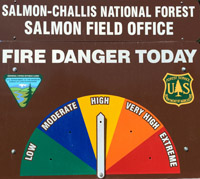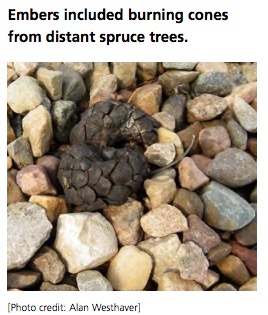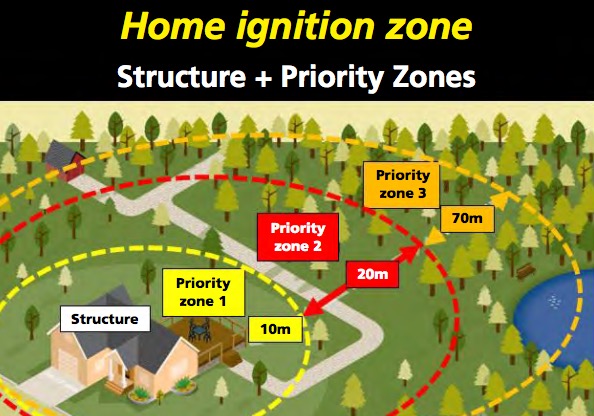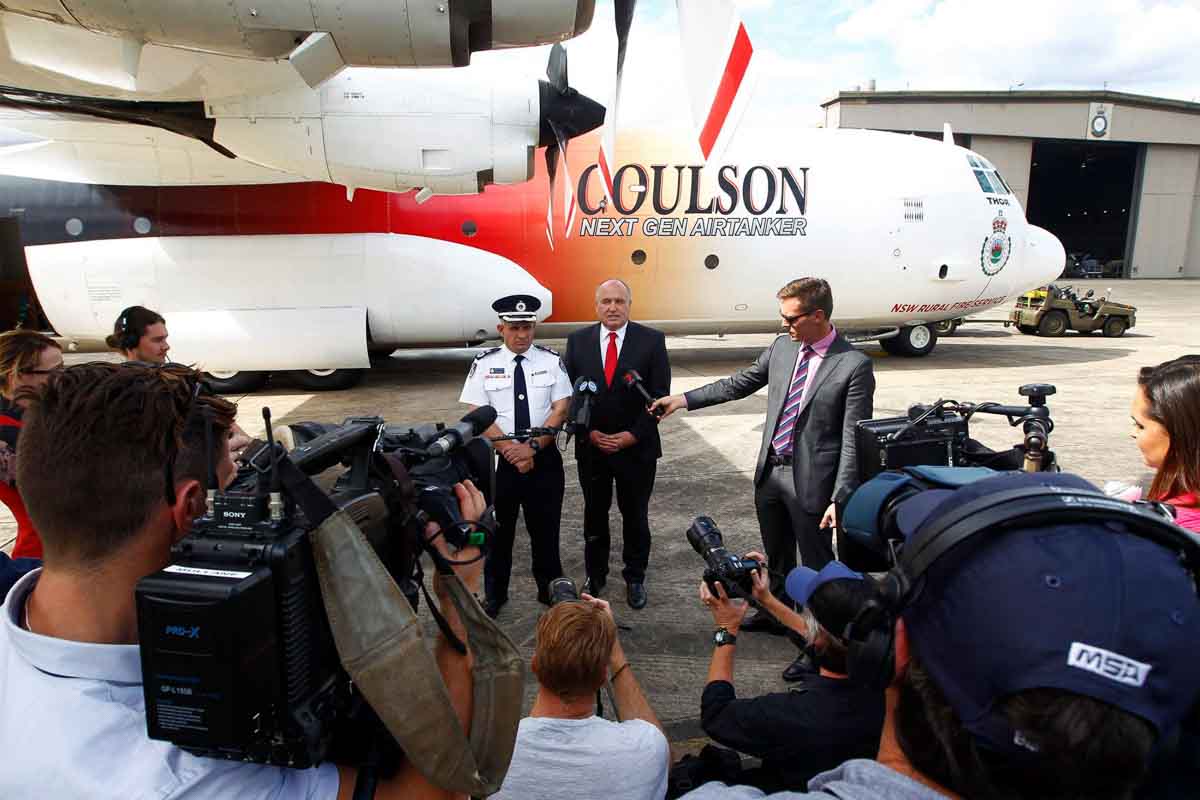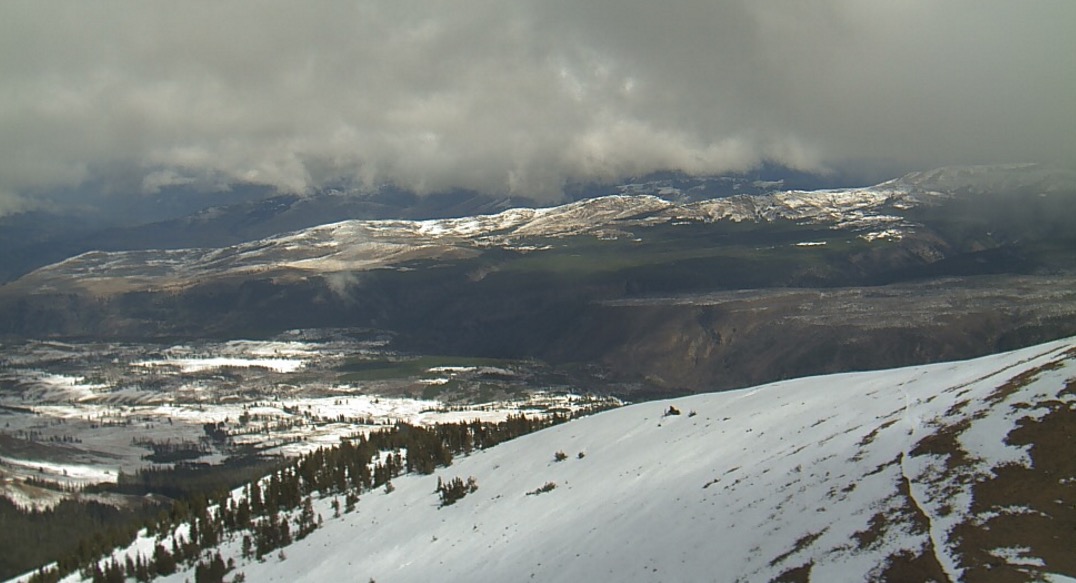A U.S. Senator has proposed an amendment to introduced legislation that would require additional procedures before federal agencies could conduct a prescribed fire. Senator John Thune from South Dakota wants to require consultation with local and state fire officials before the project begins. One of his reasons is that he contends local and state officials know more than the federal professional prescribed fire managers.
“Local officials are going to know a little bit more about what the conditions are in the area”, Senator Thune said in a newsletter distributed by his office on September 15.
This requirement has been offered as an amendment to a Republican backed bill introduced by Senator Pat Roberts of Kansas June 22, 2016, titled S.3085 – Emergency Wildfire and Forest Management Act of 2016. Senator Thune contends that the amendment was adopted by unanimous consent during a Senate Agriculture Committee markup, but no official action after the introduction is showing up at bill-tracking websites. After three months the bill has no cosponsors, and GovTrack.us predicts a 2 percent chance of it being enacted.
The primary purpose of the bill is to eliminate some environment restrictions for planned “forest management activities”. The list of these activities is long and vague enough to cover a very wide range of land treatments, including timber harvesting.
Senator Thune advocated his consultation procedure before when he introduced a stand-alone bill in 2015. It had one cosponsor and never advanced beyond being introduced. Apparently the powerful Senator did not work hard to promote his idea, or perhaps he only wanted some publicity.
Senator Thune has generated publicity before in matters regarding prescribed fire. In 2015 he distributed to the media a strongly-worded very critical letter he sent to the Secretary of the Interior after the Cold Brook prescribed fire in Wind Cave National Park in South Dakota escaped, burning an additional 5,420 acres of prairie. It never spread beyond the park boundaries.
Four days after the escape and months before the official report came out, the Senator was apparently very satisfied that he knew exactly the cause, writing to the Secretary, “The Cold Brook Fire could easily have been prevented”, and “the intense smoke will likely damage the lungs of young calves in the vicinity resulting in high risk of pneumonia and death loss.”
Ready. Fire. Aim.
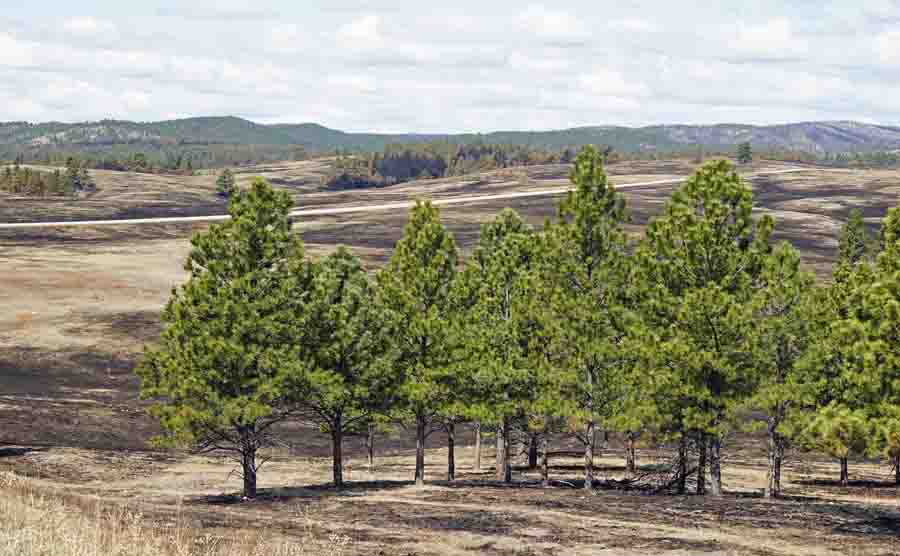
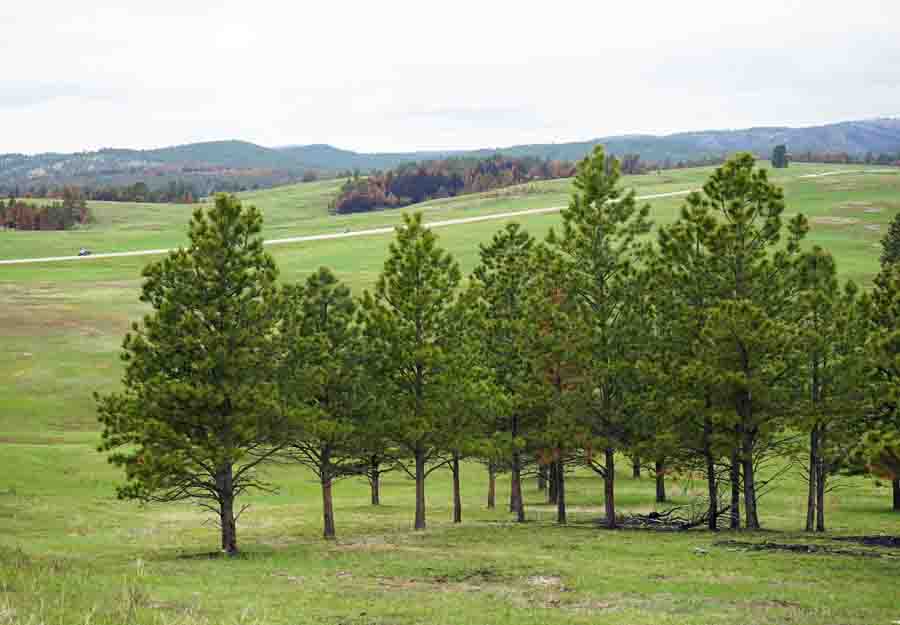
The escaped fire was in grass and ground fuels beneath scattered trees that had been treated with prescribed fire before, and there was no significant crowning. It was basically over after one afternoon, but that didn’t stop Senator Thune from prognosticating about the lung condition of calves outside the park.

